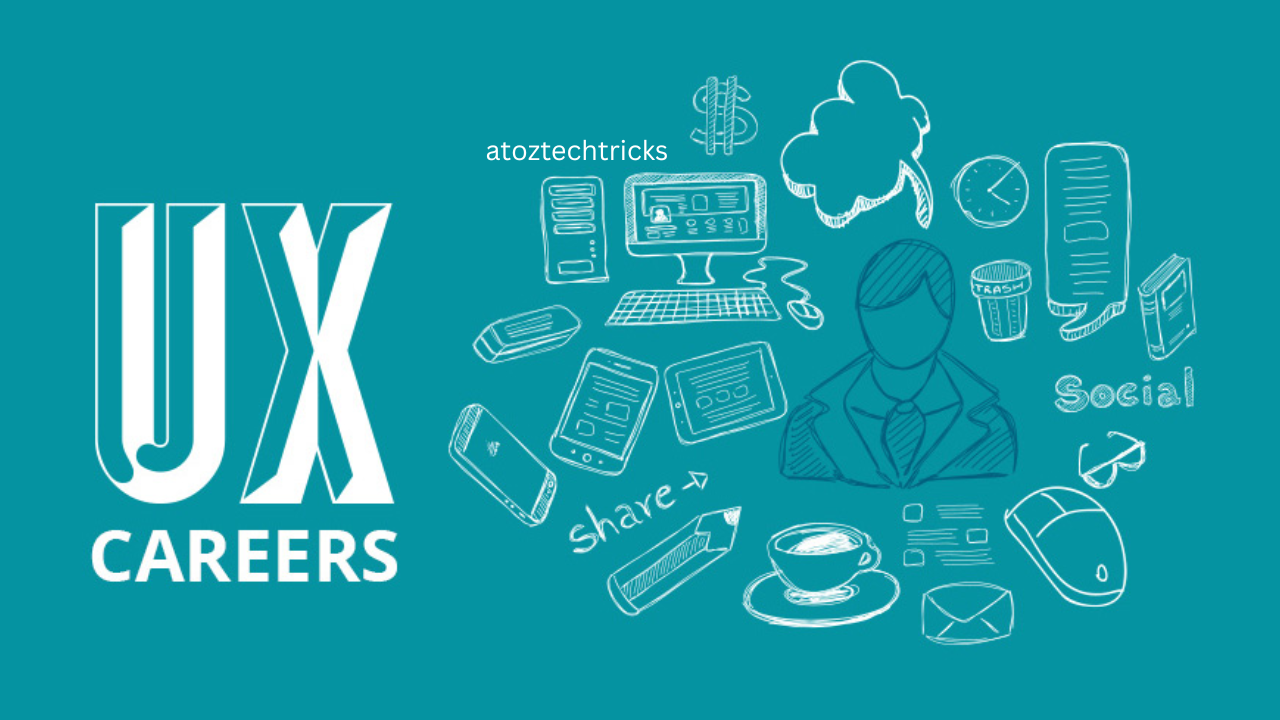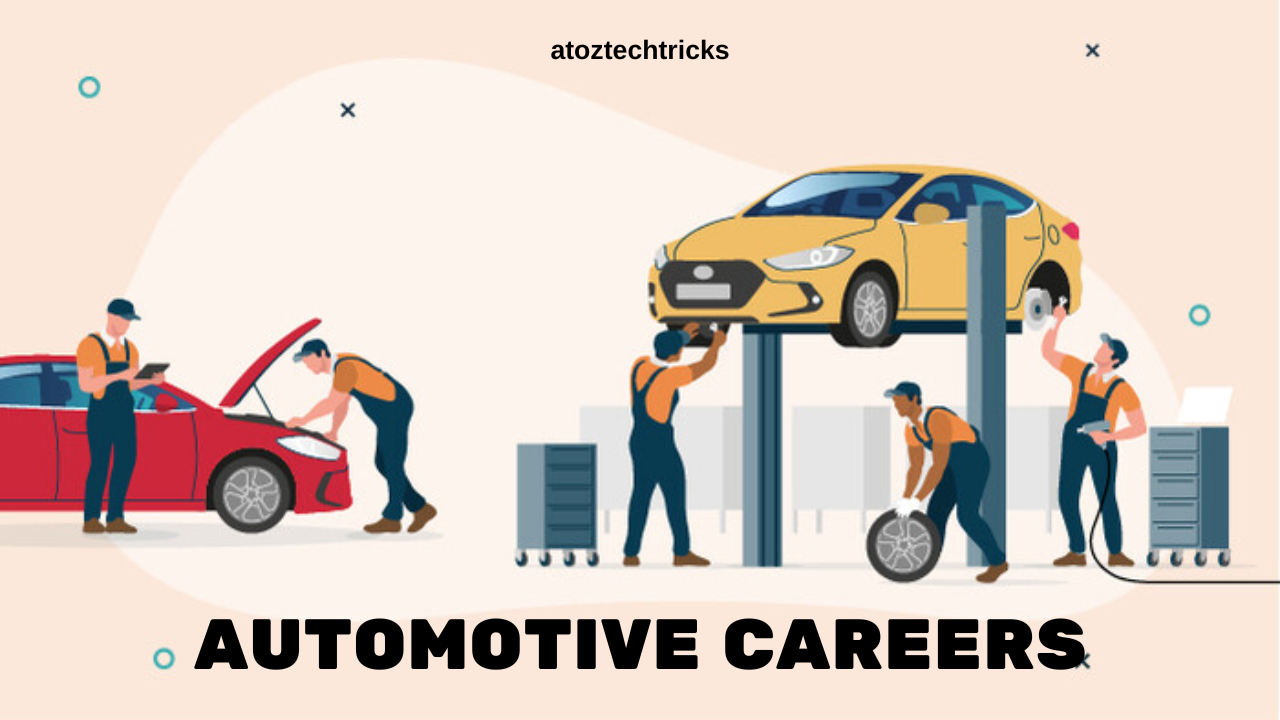User Experience (UX) Design Careers: Navigating a Rewarding Path
User Experience (UX) design is a dynamic and rapidly evolving field that plays a crucial role in creating meaningful and engaging interactions between users and digital products. As the digital landscape continues to expand, the demand for skilled UX designers has grown exponentially, making it a highly sought-after career choice. In this article, we will explore the world of UX design careers, including the skills required, the various roles within the field, the educational paths available, and the prospects for UX professionals.
Understanding UX Design
What is UX Design?
User Experience (UX) design is the process of enhancing user satisfaction by improving the usability, accessibility, and pleasure provided in the interaction between the user and the product. UX design is not just about aesthetics; it encompasses every aspect of a user’s interaction with a product or service, ensuring that it meets the user’s needs effectively and efficiently. A well-designed user experience can lead to increased customer satisfaction, loyalty, and business success.
The Importance of UX Design
In today’s digital age, where consumers have countless options at their fingertips, UX design has become a critical factor in determining the success of a product or service. A seamless and intuitive user experience can make the difference between a product that thrives and one that fails. Companies across industries are recognizing the value of investing in UX design to stay competitive and meet the ever-evolving expectations of their customers.
The Role of a UX Designer
Core Responsibilities
UX designers are responsible for creating user-centred designs that meet the needs and preferences of the target audience. Their core responsibilities include:
- User Research: Understanding the users’ needs, behaviours, and pain points through methods such as surveys, interviews, and usability testing.
- Information Architecture: Organizing and structuring content and features in a way that is easy for users to navigate.
- Wireframing and Prototyping: Creating low-fidelity and high-fidelity mockups of the user interface to visualize the design and test its functionality.
- Interaction Design: Defining how users interact with the product, including the flow of actions and the design of interactive elements.
- Visual Design: Ensuring that the visual elements of the product align with the brand’s identity and provide a visually pleasing experience.
- Usability Testing: Conducting tests to evaluate the effectiveness of the design and identify areas for improvement.
Skills Required
To excel as a UX designer, one must possess a combination of technical, creative, and interpersonal skills. Some of the key skills include:
- User-Centered Design: A deep understanding of user needs and the ability to design products that prioritize those needs.
- Design Thinking: A problem-solving approach that involves empathizing with users, defining problems, ideating solutions, prototyping, and testing.
- Wireframing and Prototyping: Proficiency in tools like Sketch, Adobe XD, Figma, and InVision to create wireframes and interactive prototypes.
- User Research: The ability to conduct qualitative and quantitative research to gather insights into user behaviour.
- Visual Design: A strong sense of aesthetics and the ability to create visually appealing interfaces that are also functional.
- Collaboration: Effective communication and collaboration with cross-functional teams, including developers, product managers, and stakeholders.
- Adaptability: The ability to stay updated with the latest design trends, tools, and technologies in the ever-changing digital landscape.

Different Roles in UX Design
The field of UX design offers a variety of career paths, each with its focus and responsibilities. Some of the key roles within UX design include:
1. UX Researcher
A UX researcher is responsible for understanding the users and their needs. They conduct various types of research, including interviews, surveys, and usability testing, to gather data that informs the design process. UX researchers play a critical role in ensuring that the design decisions are based on real user insights rather than assumptions.
2. UX Designer
The UX designer is the generalist role that encompasses various aspects of the design process, from user research to wireframing, prototyping, and testing. UX designers work to create products that are both functional and enjoyable for users. They collaborate with other team members to ensure that the design aligns with user needs and business goals.
3. Interaction Designer
Interaction designers focus on the design of interactive elements within a product. They define how users interact with the interface, including the flow of actions, transitions, animations, and feedback. Their goal is to create intuitive and seamless interactions that enhance the overall user experience.
4. Visual Designer
Visual designers are responsible for the aesthetics of the product. They ensure that the visual elements, such as colours, typography, and imagery, are aligned with the brand identity and create a visually pleasing experience. While their primary focus is on aesthetics, visual designers also need to ensure that their designs are functional and user-friendly.
5. Information Architect
Information architects focus on organizing and structuring content in a way that is easy for users to navigate. They create sitemaps, user flows, and navigation systems to ensure that users can find the information they need quickly and easily. Information architects play a crucial role in enhancing the usability and accessibility of digital products.
6. UX Writer
A UX writer is responsible for creating the text that appears in the user interface. This includes everything from button labels and error messages to onboarding instructions and product descriptions. UX writers ensure that the language used in the product is clear, concise, and aligned with the overall tone of the brand.
7. UX Manager
A UX manager oversees the UX design team and ensures that the design process aligns with the company’s strategic goals. They are responsible for managing the design team, setting project timelines, and collaborating with other departments to ensure that the product meets both user needs and business objectives.
Exciting Healthcare Careers for a Fulfilling and Rewarding Future
Educational Paths and Certifications
Formal Education
While there is no single path to becoming a UX designer, many professionals start with a formal education in fields such as graphic design, psychology, computer science, or human-computer interaction (HCI). A bachelor’s degree in one of these areas can provide a strong foundation in design principles, user research methods, and technical skills.
Bootcamps and Online Courses
For those looking to transition into UX design from another field, boot camps and online courses offer an accelerated path to gaining the necessary skills. These programs are typically shorter in duration, ranging from a few weeks to a few months, and focus on practical, hands-on learning. Some popular UX design bootcamps include General Assembly, Springboard, and CareerFoundry.
Certifications
Obtaining certifications can also be beneficial for aspiring UX designers. Certifications from reputable organizations, such as the Nielsen Norman Group or the Interaction Design Foundation, can validate your skills and knowledge in UX design and make you stand out to potential employers.
The UX Design Process
1. Research and Discovery
The UX design process begins with research and discovery. This involves understanding the target audience, their needs, and the problems they face. UX designers use various research methods, such as user interviews, surveys, and competitor analysis, to gather insights that will inform the design process.
2. Defining the Problem
Once the research is complete, the next step is to define the problem that needs to be solved. This involves synthesizing the research findings and identifying the key challenges that the design must address. Defining the problem helps to ensure that the design process is focused on solving the right issues.
3. Ideation and Conceptualization
During the ideation phase, UX designers brainstorm potential solutions to the problem. This is a creative process that involves generating a wide range of ideas and exploring different design concepts. The goal is to come up with innovative solutions that meet the needs of the users.
4. Prototyping
Once a concept has been selected, the next step is to create a prototype. Prototypes are low-fidelity or high-fidelity models of the product that allow designers to test the functionality and usability of the design. Prototyping is an iterative process, where designers create, test, and refine the prototype until it meets the desired outcome.
5. Testing and Iteration
Testing is a critical part of the UX design process. UX designers conduct usability testing to evaluate how users interact with the prototype and identify any issues or areas for improvement. Based on the feedback from testing, the design is iterated and refined until it meets the users’ needs.
6. Implementation and Handoff
Once the design has been finalized, the next step is to implement the design into the actual product. UX designers work closely with developers to ensure that the design is implemented accurately and that the final product meets the desired specifications. The handoff process involves providing developers with detailed design documentation, including wireframes, prototypes, and style guides.

Career Growth and Opportunities in UX Design
Entry-Level Positions
For those starting their careers in UX design, entry-level positions such as UX designer, UX researcher, or visual designer are common starting points. These roles provide an opportunity to gain hands-on experience and develop a strong portfolio of work. Entry-level UX designers typically work under the guidance of more experienced designers and gradually take on more complex projects as they gain experience.
Mid-Level Positions
As UX designers gain experience, they may move into mid-level positions such as senior UX designer or UX manager. In these roles, they take on more responsibility, leading design projects and mentoring junior designers. Mid-level UX designers are expected to have a deep understanding of the design process and be able to work independently on complex projects.
Leadership and Specialized Roles
With continued experience, UX designers can move into leadership roles such as UX director or head of UX. These roles involve overseeing the entire UX design team and ensuring that the design process aligns with the company’s strategic goals. Alternatively, experienced UX designers may choose to specialize in a specific area of UX, such as UX research, interaction design, or information architecture.
Freelancing and Consulting
Another career path for UX designers is freelancing or consulting. Freelance UX designers work independently, taking on projects from a variety of clients. This path offers flexibility and the opportunity to work on a diverse range of projects. Consulting roles involve providing expert advice to companies on their UX strategy and helping them improve their products and services.
Discover Your Potential: Exploring Careers in Medical Administration
Future Trends in UX Design
1. The Rise of Artificial Intelligence and Machine Learning
Artificial intelligence (AI) and machine learning are increasingly being integrated into digital products, and UX designers will need to adapt to this trend. AI can be used to create personalized user experiences, improve user interactions, and enhance the overall functionality of a product. UX designers will need to work closely with data scientists and engineers to ensure that AI-driven products meet user needs.
2. The Growth of Voice User Interfaces
Voice user interfaces (VUIs) are becoming more popular, with the rise of voice-activated devices like Amazon Alexa and Google Assistant. UX designers will need to develop new skills to design effective voice interactions that are intuitive and user-friendly. This includes understanding natural language processing and designing conversational interfaces.
3. The Importance of Accessibility
As digital products become more integral to our daily lives, ensuring that they are accessible to all users is becoming increasingly important. UX designers will need to prioritize accessibility in their designs, ensuring that products can be used by people with disabilities. This includes designing for screen readers, creating keyboard-friendly interfaces, and considering colour contrast and text size.
4. The Expansion of Augmented Reality and Virtual Reality
Augmented reality (AR) and virtual reality (VR) are expanding the possibilities of UX design. These technologies offer new ways for users to interact with digital products, and UX designers will need to develop new skills to design immersive experiences. This includes understanding spatial design, 3D modelling, and the unique challenges of designing for AR and VR.
User Experience (UX) design is a rewarding and dynamic career that offers a wide range of opportunities for growth and specialization. As digital products continue to evolve, the demand for skilled UX designers will only increase. Whether you’re just starting your career in UX design or looking to advance to a leadership role, there are numerous paths to explore in this exciting field. With the right skills, experience, and a commitment to continuous learning, you can build a successful and fulfilling career in UX design.





Post Comment